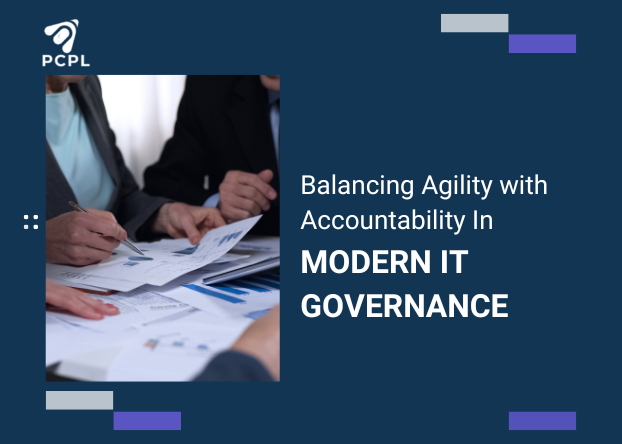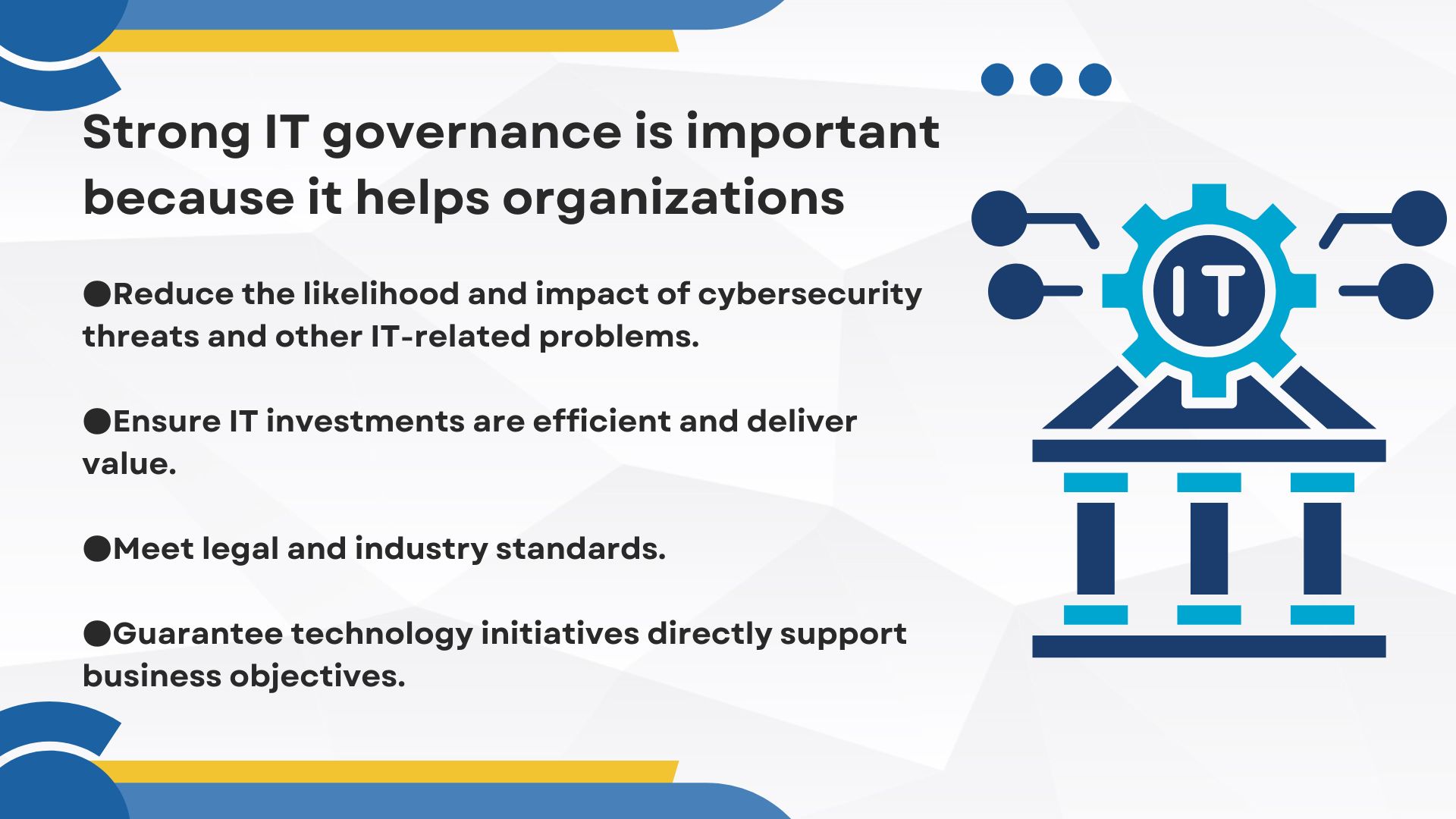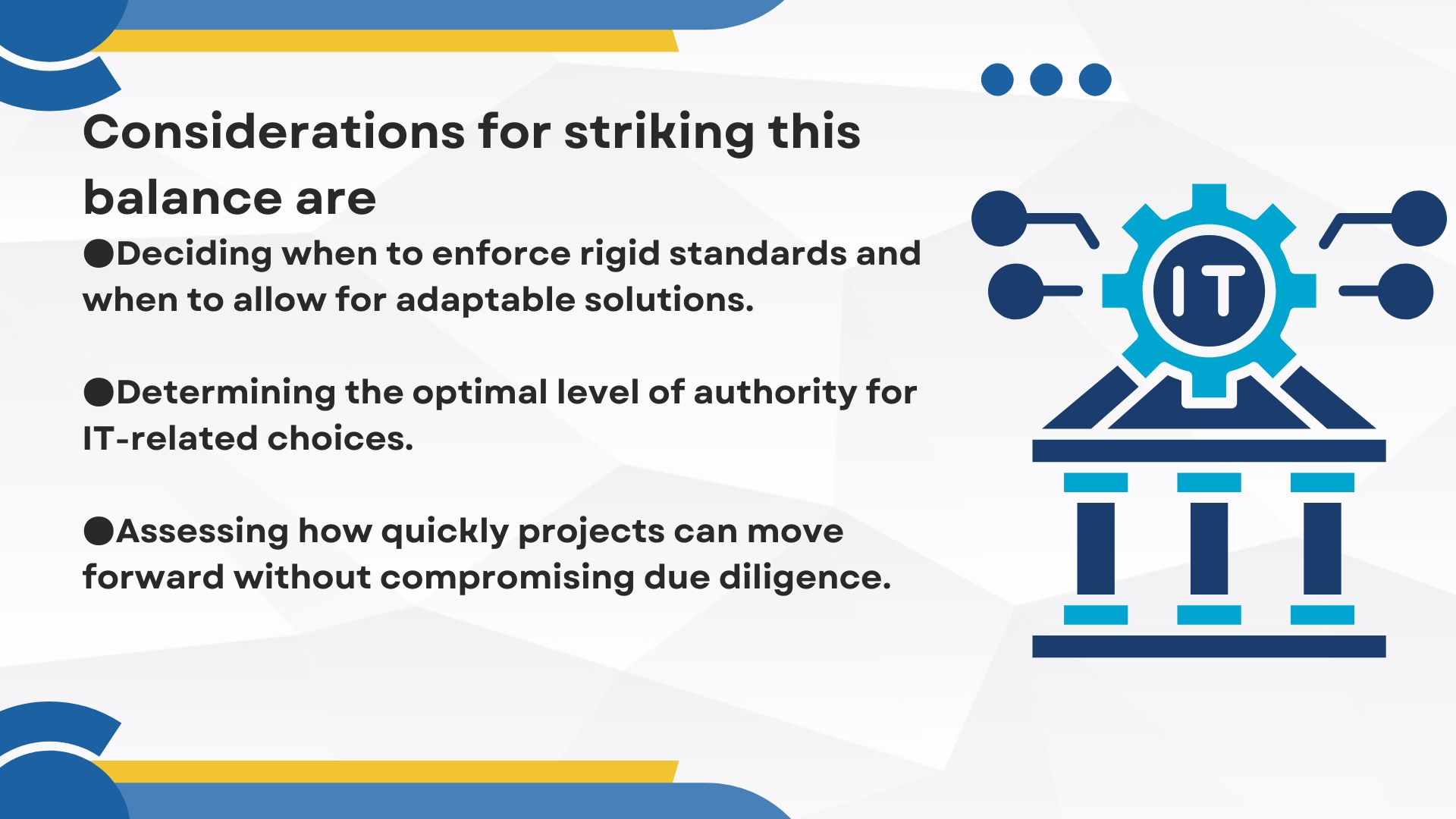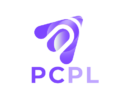
Balancing Agility with Accountability In Modern IT Governance
Shadow IT, the use of unauthorized software and services by employees, is a growing concern that poses significant security risks for organizations planning to innovate. To effectively deal with this challenge, organizations need to strike a delicate balance- promoting innovation while maintaining robust security measures. Those that succeed in this will undoubtedly gain a competitive edge.
SaaS Management Platforms Serves As A Solution for Shadow IT
SaaS management platforms are proving to be great tools for tackling shadow IT. They offer visibility into cloud application usage, helping IT departments get back control without stifling flexibility or innovation.
Why IT Governance Matters
IT governance is all about making sure an organization’s technology works for its business goals. It’s the essential framework of leadership, processes, and structures that guides how IT systems are used and developed. This framework establishes clear lines of authority and accountability for all things tech-related.

Without it, organizations often grapple with increased cyber threats, wasted IT spending, and a disconnect between their technology efforts and overall business needs.
The Balancing Act
Effective IT governance is a delicate balance between promoting innovation and maintaining strong security. Too many rules can stifle creativity and agility, while too few can lead to chaos and vulnerabilities.
Things to consider in this balance are
- When should IT processes be rigid, and when should they allow for adaptation?
- Who makes the calls on IT matters?
- How quickly should projects be approved without sacrificing due diligence?
Successful governance frameworks are those that can easily adapt to evolving business needs while upholding core principles and policies, empowering teams to innovate within defined guardrails.
The Essential Role of IT Governance
Every organization needs IT governance to ensure its technology systems and processes are well-managed and contribute directly to its strategic objectives. It’s a comprehensive framework encompassing leadership, processes, and structures that define how IT decisions are made and who is accountable for them.
The importance of robust IT governance cannot be overstated.
- Risk Management- Protecting against cybersecurity threats and other IT-related risks.
- Resource Optimization– Maximizing the value of IT investments and preventing waste.
- Regulatory Compliance– Adhering to relevant laws, standards, and industry regulations.
- Strategic Alignment– Ensuring IT initiatives are always in sync with overall business strategy.
Without proper governance, organizations risk heightened security vulnerabilities, inefficient IT spending, and a damaging disconnect between their technology efforts and their core business needs.
Dealing with the Innovation-Security Spectrum
The main challenge in IT governance is finding the balance between promoting innovation and maintaining robust security. Excessive control can stifle creativity and agility, whereas insufficient oversight can lead to disarray and exposed weaknesses.

The most effective governance frameworks are those that are dynamic, adapting to changing business demands while consistently reinforcing core principles and policies. They create an environment where teams can innovate freely within clearly defined boundaries.
Role of SaaS Management Platforms
SaaS management platforms are essential for effective IT governance in today’s cloud-centric world. They offer a central hub for controlling and gaining visibility into an organization’s entire cloud-based software environment.
These platforms provide a complete suite of tools for overseeing all cloud applications. They help organizations track usage, monitor costs, and ensure compliance across their entire SaaS portfolio.
IT teams rely on these platforms to uncover shadow IT and maintain a comprehensive inventory of all cloud services in use. This enhanced visibility is important for identifying potential security risks and optimizing software spending. Further, SaaS management platforms often integrate with identity providers and single sign-on (SSO) solutions. This integration significantly boosts data protection by streamlining and strengthening access control to all cloud applications.
Striking the right balance in IT governance is essential for any organization looking to promote innovation while maintaining strong security. This involves a comprehensive approach that focuses on assessment, clear policies, ongoing training, and continuous improvement.
Assessing Your Digital Landscape
An important first step in effective IT governance is conducting thorough risk assessments. You need to evaluate your current IT infrastructure to pinpoint potential vulnerabilities and areas for enhancement. This process involves:
- Get a clear picture of what you have in place.
- Uncover any unauthorized technology use within the organization.
- Understand how much risk the organization is willing to accept.
These assessments provide valuable insights into your digital environment, helping you prioritize where to focus your attention and resources for security improvements. Don’t hesitate to consult with experts; their knowledge can reveal hidden risks and offer industry-specific perspectives.
Establishing Clear Policies and Procedures
Policies and procedures are the foundation of a balanced IT governance strategy. These guidelines should clearly define
- What employees can and cannot do with company tech.
- How sensitive information should be managed.
- Who can access what, and how they can do so securely.
The key is to find a balance between robust security and employee autonomy. Overly restrictive policies can stifle innovation, while overly lenient ones expose your organization to unnecessary risks. Regularly reviewing these policies is important to ensure they remain relevant as your business needs and technology evolve.
Empowering Employees Through Training
Educating the workforce is vital for successful IT governance. A well-informed team can
- Become your first line of defense.
- Grasp why rules are in place.
- Use tools responsibly and securely.
Your training programs should cover
- Keeping employees updated on the latest threats and defenses.
- Ensuring everyone understands internal guidelines.
- Preparing employees for future challenges.
Regular workshops and simulations are excellent ways to reinforce learning and keep security awareness top-of-mind, ultimately minimizing the risk of human error.
Embracing Continuous Monitoring and Improvement
IT governance is an ongoing process that demands constant attention. You should
- Track how well policies are being followed.
- Look for patterns and trends to identify weaknesses.
- Get input from employees and stakeholders.
Regular audits are essential for identifying any gaps in your governance framework, covering both technical and procedural aspects. Transparency in reporting creates accountability and a culture of continuous improvement. Finally, establish clear metrics to evaluate the effectiveness of your IT governance strategies over time.
Focusing on these four pillars help organizations create a strong IT governance framework that supports both innovation and security. What aspects of IT governance are the ones that you find most challenging to implement?
Balancing Innovation and Security for Modern IT Governance with PCPL
PCPL offers powerful IT governance solutions that expertly blend innovation with security, directly tackling the complexities of shadow IT in today’s businesses.
As a leading SaaS management platform, PCPL simplifies governance by centralizing control over IT assets, user access, and security policies. This all-encompassing system provides real-time visibility into your IT infrastructure, allowing for proactive risk management.
With its advanced analytics, PCPL pinpoints potential security threats and compliance issues. Its intuitive interface empowers IT teams to monitor and manage shadow IT activities efficiently, while the platform’s automation features significantly cut down on manual tasks, freeing up IT resources for strategic projects.
Plus, PCPL integrates smoothly with your existing enterprise systems, ensuring a seamless and efficient transition.
References
https://www.ardoq.com/knowledge-hub/it-governance
https://www.cio.com/article/188949/rethinking-it-governance-for-agility-and-innovation.html
https://www.linkedin.com/advice/0/how-do-you-balance-agility-stability-skills-it-governance
